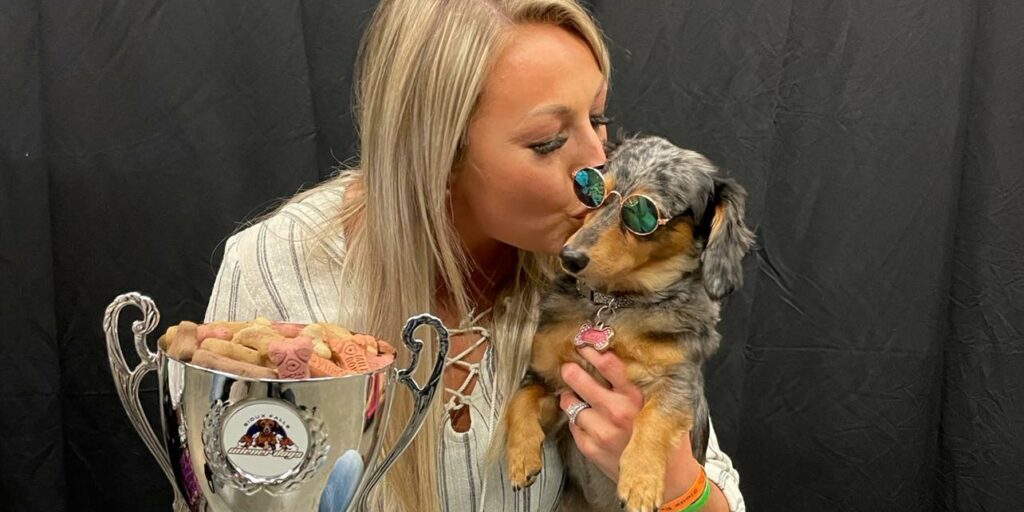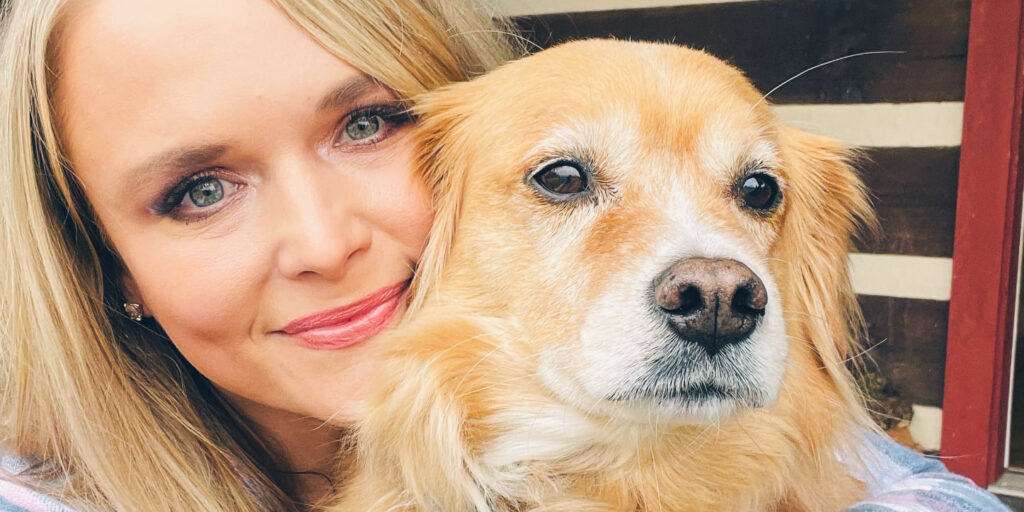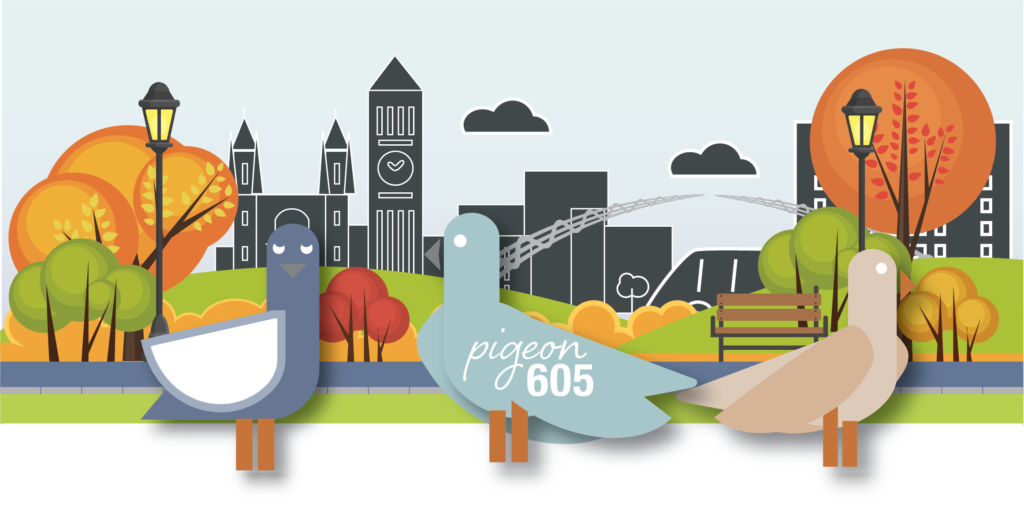Cat rescuers leading new effort to reduce overpopulation of feral cats
It’s April, and April is kitten season.
That may sound delightful to feline fanciers, but to those involved in cat rescue — no matter how much they love them — it means that already-busy days will expand to nearly nonstop efforts.
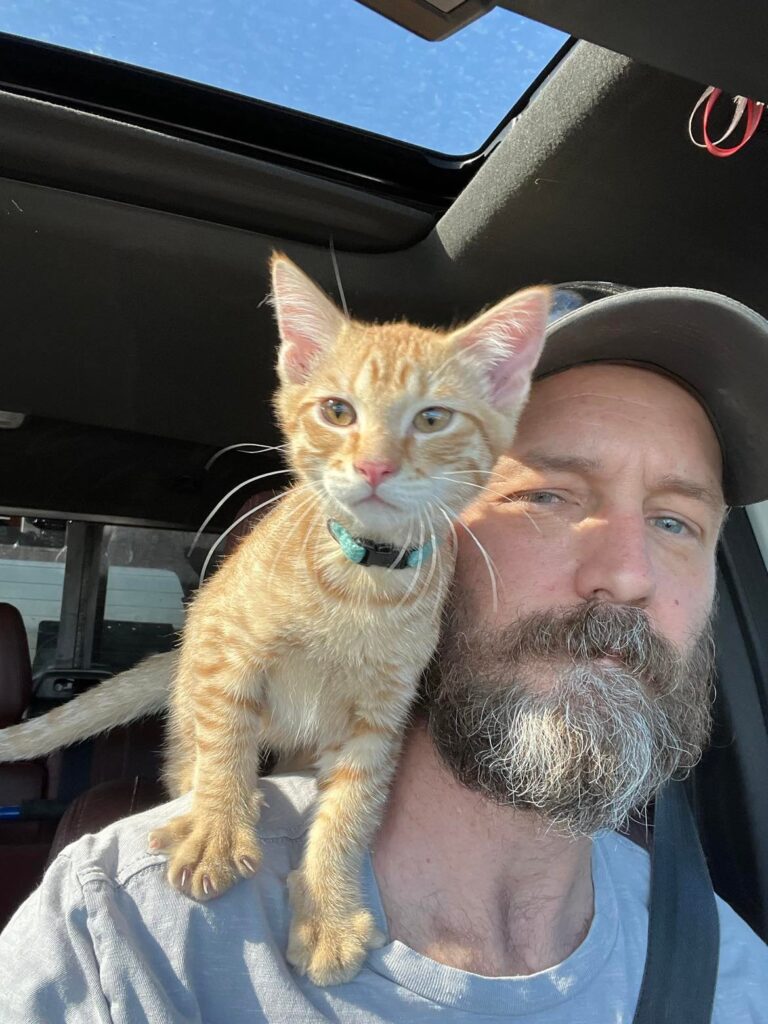
The rescue groups will answer calls from people whose cats have given birth to litters of four, five, six or more kittens. They’ll find foster homes for the animals and seek donations and other supplies until the kittens find permanent homes. They’ll host meet-and-greets to introduce the kittens and older animals to potential adopters while messages on their phones from others seeking help pile up.
And if nothing is done, a few months from now the mother cat can give birth to another litter and the cycle continues.
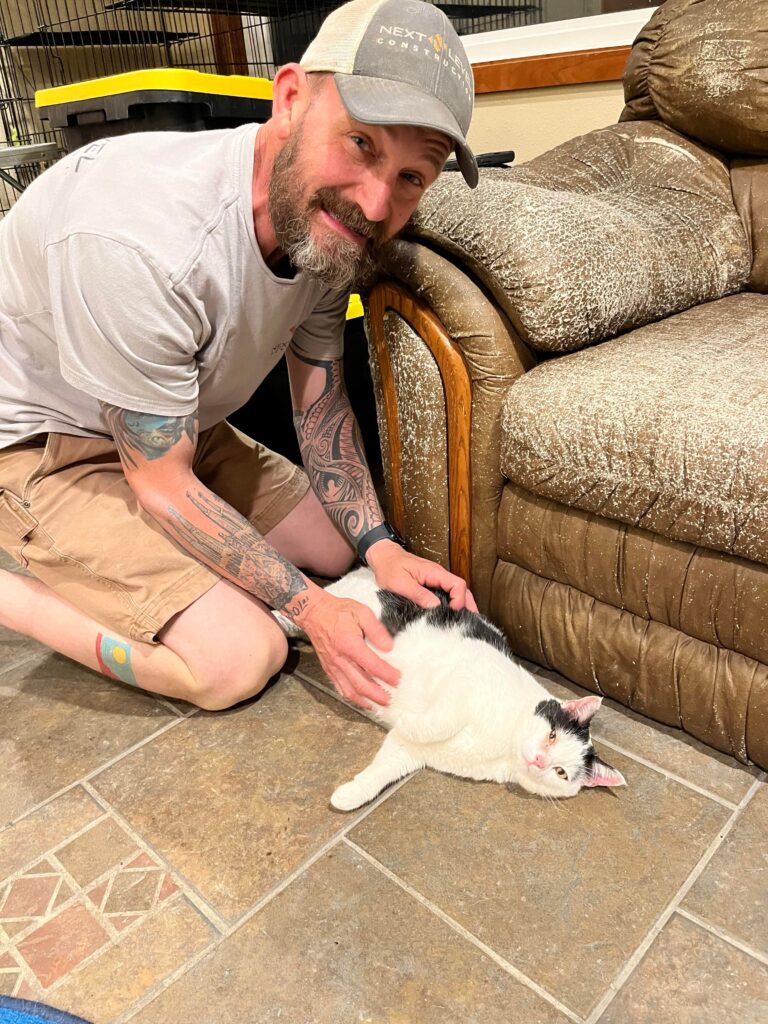
Mat Tougas started rescuing cats after encountering a stray cat while rock climbing about five years ago.
“We brought the cat back to town thinking we would find it a good home,” Tougas said. “The cat made himself at home and put his claws in our heart. I rescued another one a year later that started a fire inside me. Since then, I’ve dedicated a lot of time to cat rescue.”
His volunteer efforts include taking late-night phone calls from people needing help with an overabundance of cats to picking up orphaned kittens to fostering for rescue groups to making medication runs for ailing animals. He calls what he does “rescue support.”
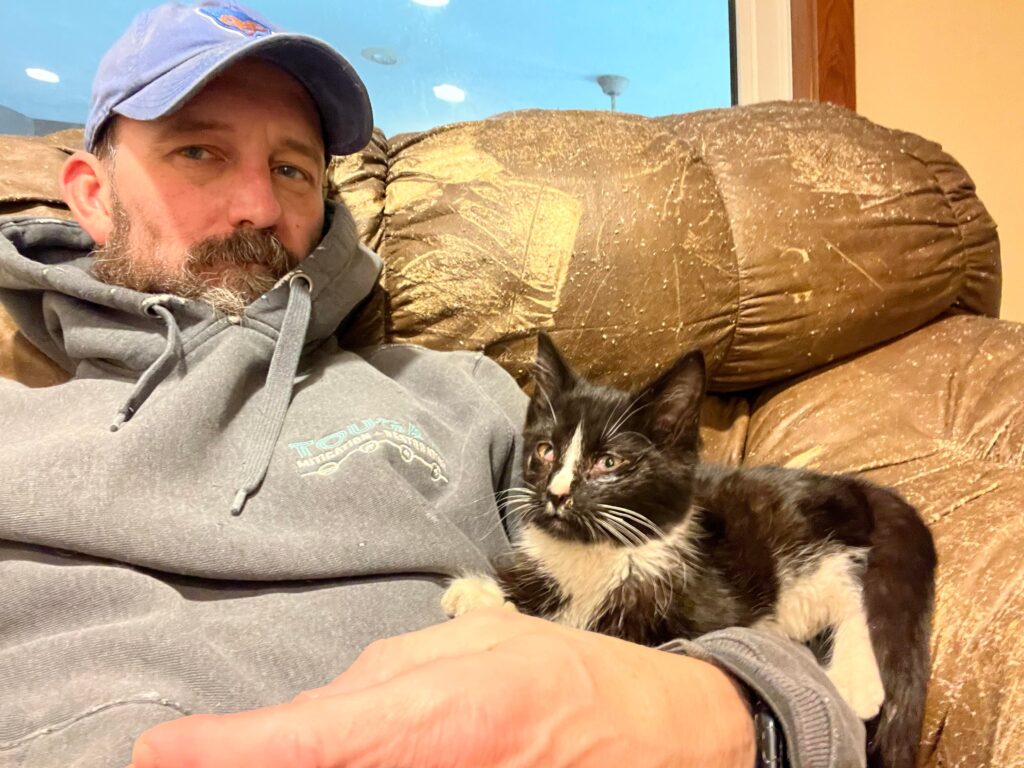
As much as Tougas loves it, he’d like to put himself out of business, in a sense. That is why he’s spearheading a program in Sioux Falls that could reduce the oversupply of cats and kittens. It’s called Trap Neuter Release or Trap Neuter Return, and its goal is to reduce the kitten population while leaving the adult cats unharmed.
TNR focuses on feral cats or community cats. The latter are those animals that live outside, often with food contributions from the people who live in their neighborhoods. Those cats are humanely trapped, neutered or spayed, then returned to the outdoors.
Tougas works closely in TNR with Heather Swanson, whose cat rescue, The Kitten League, became active in September 2021. The goal of Kitten League volunteers is to provide better futures for unwanted kittens through education, TNR assistance and neonatal care services, according to its website.
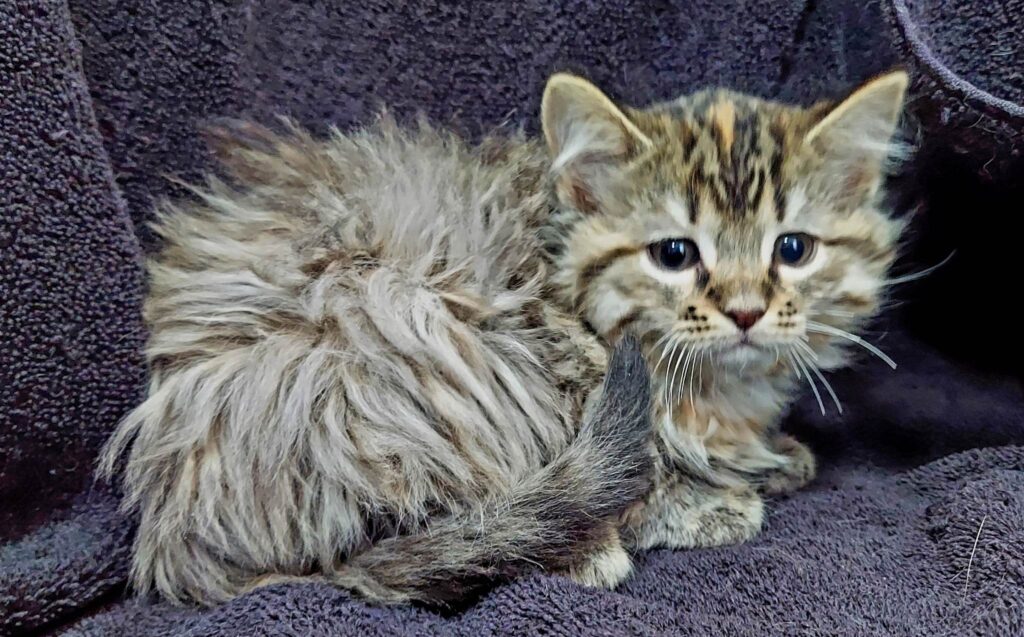
“Heather was the one who saw the big need for it, what I would call boots on the ground,” Tougas said of the initial TNR efforts. “She does actual trapping, the transporting, the physical work. What I’ve tried to do is bring it to the public’s attention and offer education. I try to leverage my personal relationships.”
That’s why the Sioux Empire TNR Coalition was established last June. It recently became a 501(c)(3) nonprofit organization, Tougas said.
“At this point, you’re hard pressed to find a rescue around here that’s not on an intake hold for cats because there are so many of them,” he said. “Why start another rescue that will fill up right away? Let’s address this problem at the source.”
Neutering or spaying feral or community cats — and vaccinating them against common diseases before their release — can interrupt the cycle of unwanted kittens. A 2019 University of Florida survey showed that TNR effectively can shrink cat populations while reducing their deaths.
If an area has a colony of cats who live outdoors with no owner, the Sioux Empire TNR Coalition can come in and trap the cats. The cats who are friendly and social and all kittens are taken into rescue. They are known as community cats. Feral cats — wilder felines who want nothing to do with people — are trapped, neutered or spayed, then returned.
“Say you have community cats at a trailer park, a bunch of cats running around, they can call us to come in TNR,” Tougas said.
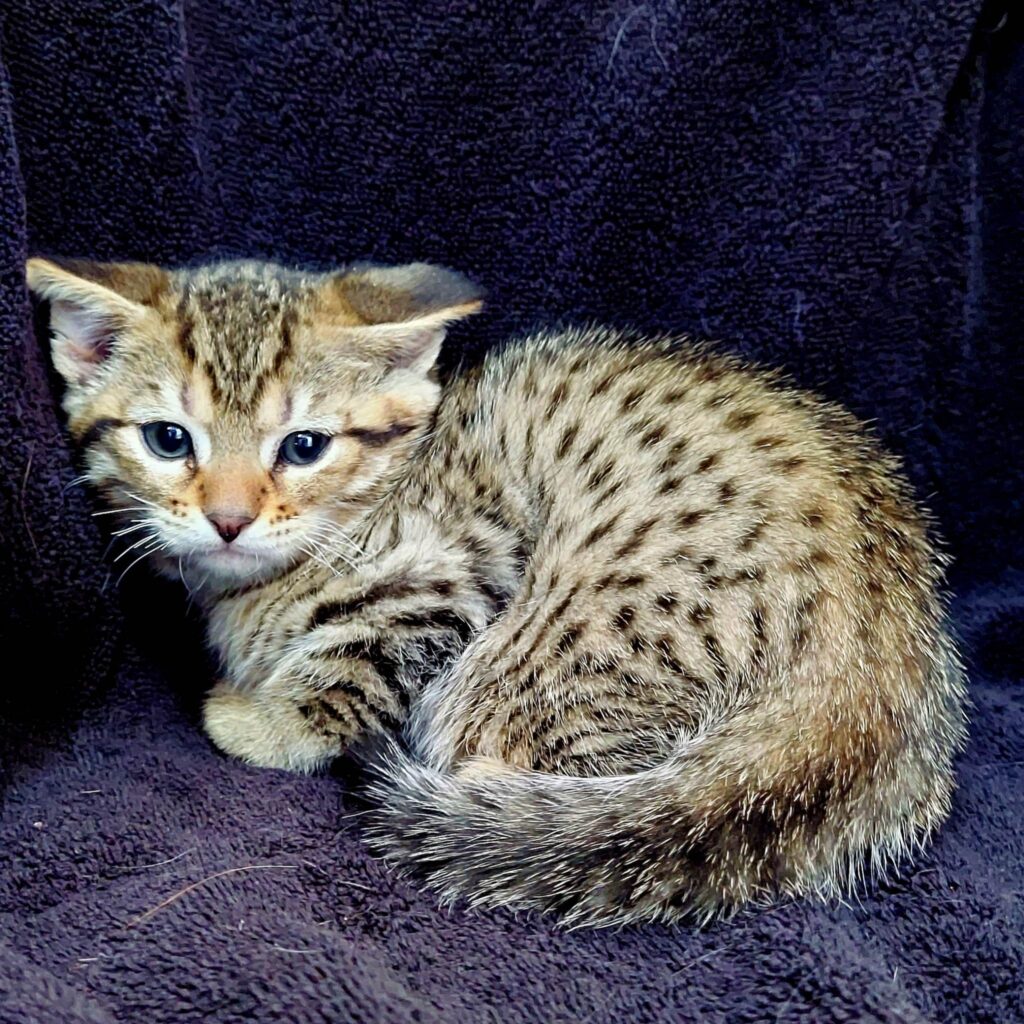
“We neuter them or spay them, vaccinate them and release back into territory we take them from. That’s where the big debate starts, how are you solving this cat problem if you’re putting them out? Well, cats are wild animals, no different than a raccoon or squirrel. They’re territorial. You can trap and euthanize them but what that does is create a natural vacuum. It will bring in more cats.”
Returning the cats to their colonies, after sterilizing or vaccinating them, turns them into place holders and ends the breeding cycle, he said.
Swanson understands it perfectly.
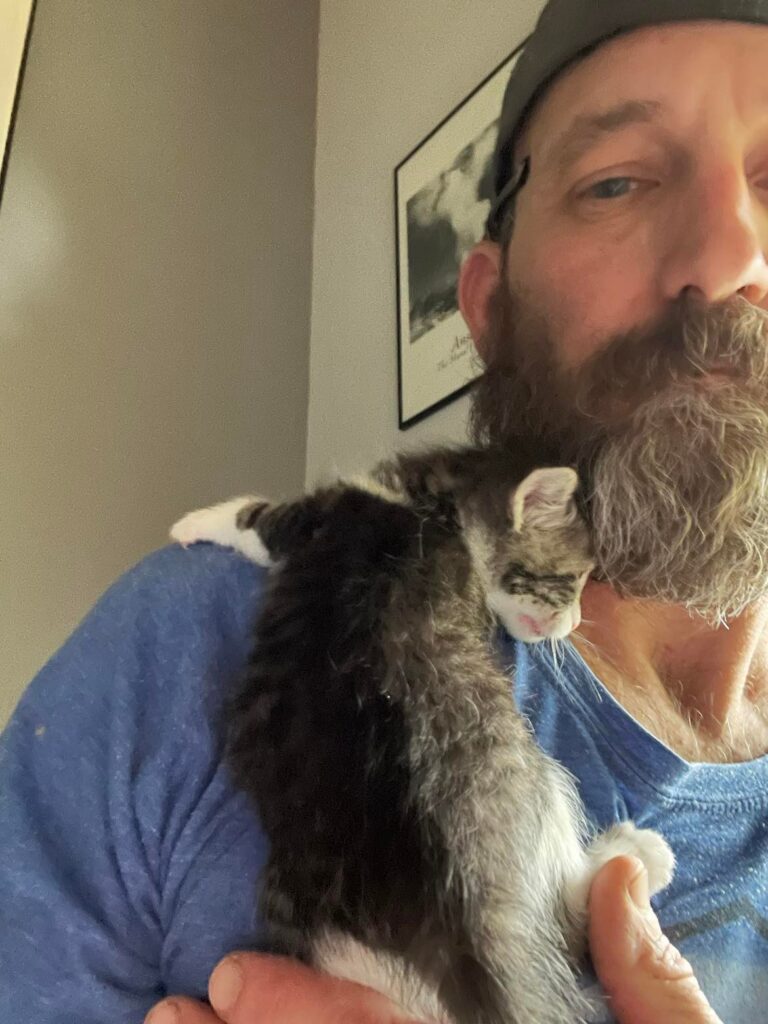
“You can’t just keep taking in cats, you’ve got to prevent their breeding,” the Canton woman said. “I know it takes money, but it takes money to raise kittens too. Every week, I’m running, running, running. People call us and say: ‘Hey, I’ve got a bunch of cats. I took 12 from one lady in Parker, another 12 from a lady over by Rock Rapids. And 10 of them were females.”
In its first 18 months, The Kitten League has averaged taking in 10 kittens with 20 during a recent seven-day period. Nearly 400 cats have been sterilized.
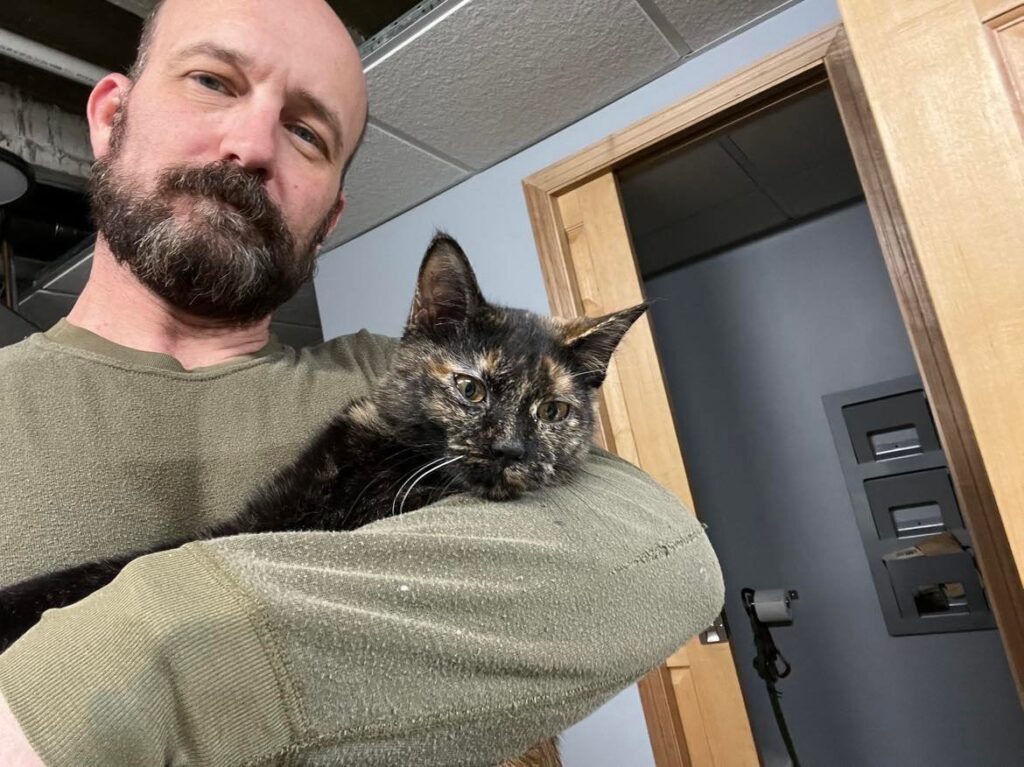
A litter of kittens usually runs to four but can be as many as 12. And a female cat’s pregnancy lasts only 65 days, allowing for multiple litters in a year. The math — if you can do it — is staggering.
Moving a cat from its home in Sioux Falls and putting it on a farm is not the solution, Swanson said. It just faces new challenges such as predators like hawks and coyotes.
“If people were allowed to place a little shelter (from the cold) or legally feed them, it would make it a lot easier,” she said.
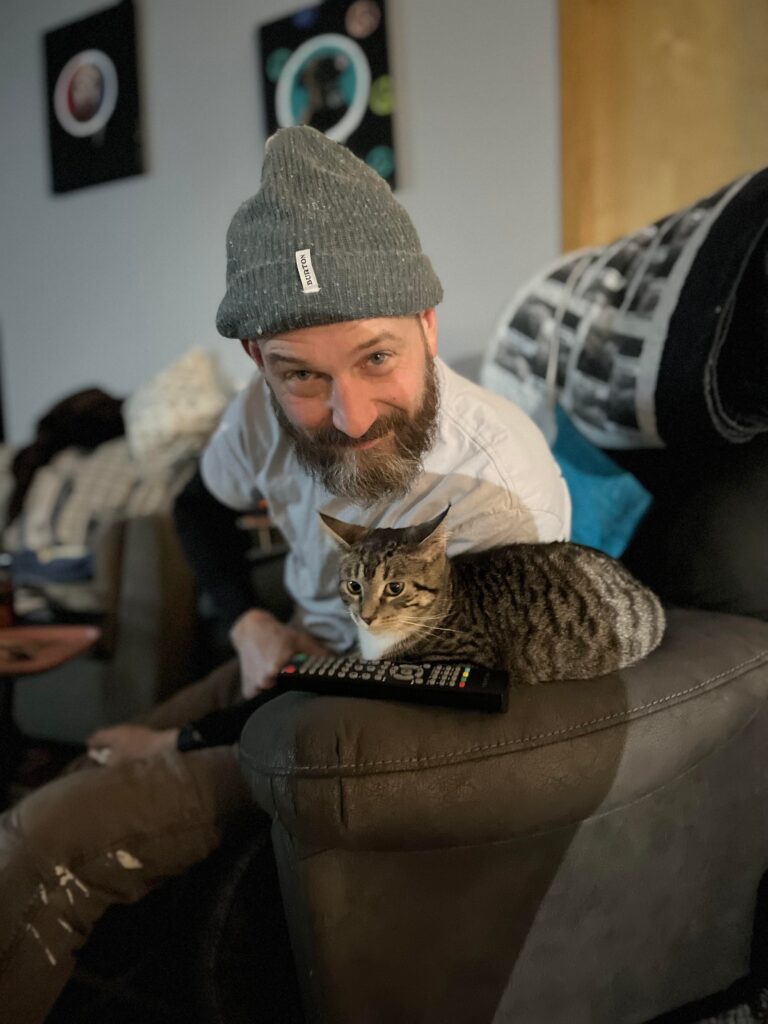
TNR programs are not universally supported, however. Cat people want to protect the cats, but wildlife folks view them as a threat to wild birds, mammals and reptiles. They do have one goal, however: reduced cat populations that create healthy communities for all species.
The Sioux Empire TNR Coalition is facing a major issue, Tougas said. According to city ordinance in Sioux Falls, if you feed or provide medical care for an animal such as a community cat, you are assuming responsibility for it. And that means it’s off-leash, and that does violate city ordinances.
“Essentially, if you provide any source of care for that animal, you are accepting responsibility,” Tougas said. “If it’s off-leash, you can get cited.”
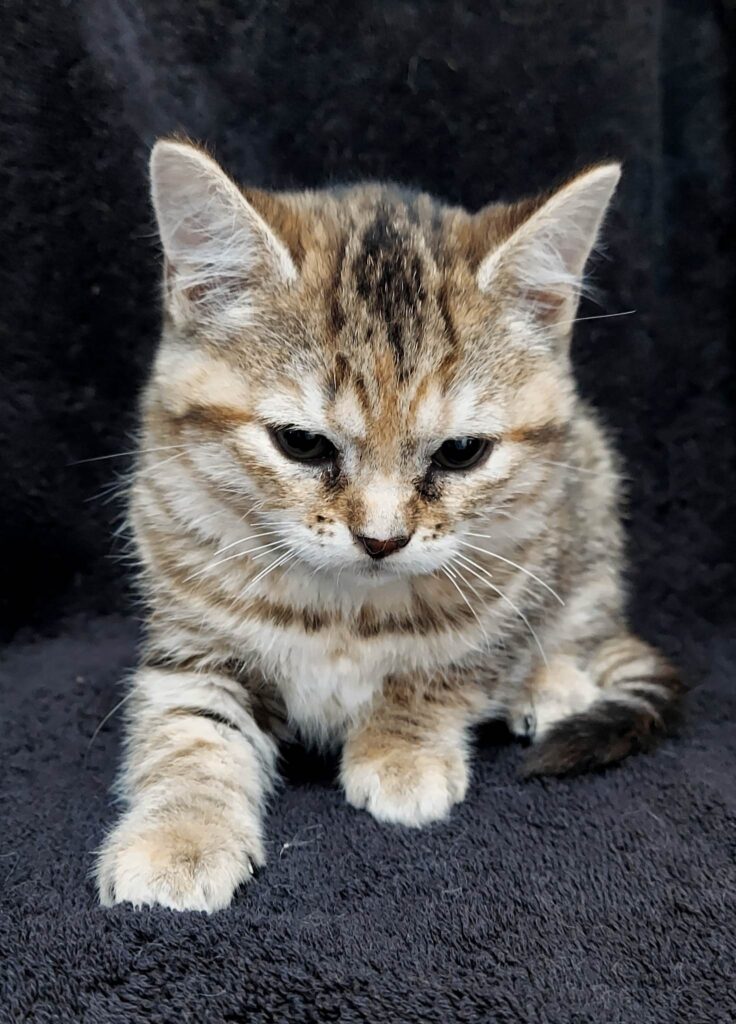
The Sioux Empire TNR Coalition has worked with a lawyer, offering services pro bono, and the local head of animal control and a city attorney to draft a specific ordinance to permit TNR. After a wild cat is neutered or spayed, one-quarter of an ear would be cut off or tipped, alerting animal-control officers that it should be left alone unless it’s being a nuisance.
It baffles her that officials and the public have not embraced a TNR program with more enthusiasm, said Swanson, who served on the Sioux Empire TNR Coalition’s board.
“Even the (veterinarians) in our area are so unwilling to help,” she said. “But we’ve got a foot in the door, and we’re going to keep going. It just doesn’t move fast.”
Added Tougas, “There’s been a couple people who thought this was a dumb idea, but 99 percent of the people I’ve talked to, I’ve gotten a warm reception. I’m not going to stop with the education.”
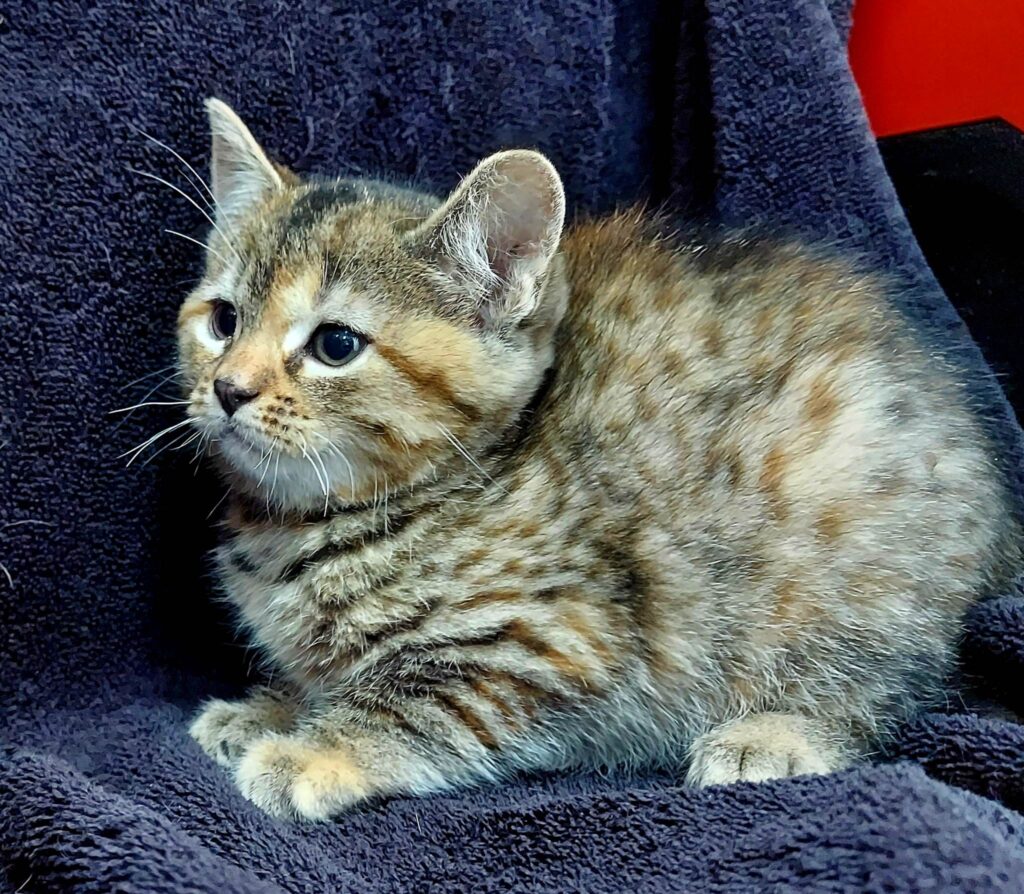
Yankton and Vermillion already have faced the problem of community cats, Tougas said. Vermillion has a program in which a community cat receives an ear chip after it has been sterilized and vaccinated and before it’s released.
The TNR Coalition won’t completely solve the problem of feral and community cats, Tougas said. It will, however, reduce the cat population, thereby easing the problem.
‘That’s the bigger picture,” he said. “It’s not a one-size-fits-all solution. There isn’t one.”
A widely supported TNR program will make a difference, Swanson said.
“Even if it stops just five calls every kitten season from people that have a pregnant mom or found a nest of kittens under their deck, that’s big,” she said.
Share This Story
Most Recent
Videos
Want to stay connected to where you live with more stories like this?
Adopt a free virtual “pigeon” to deliver news that will matter to you.






